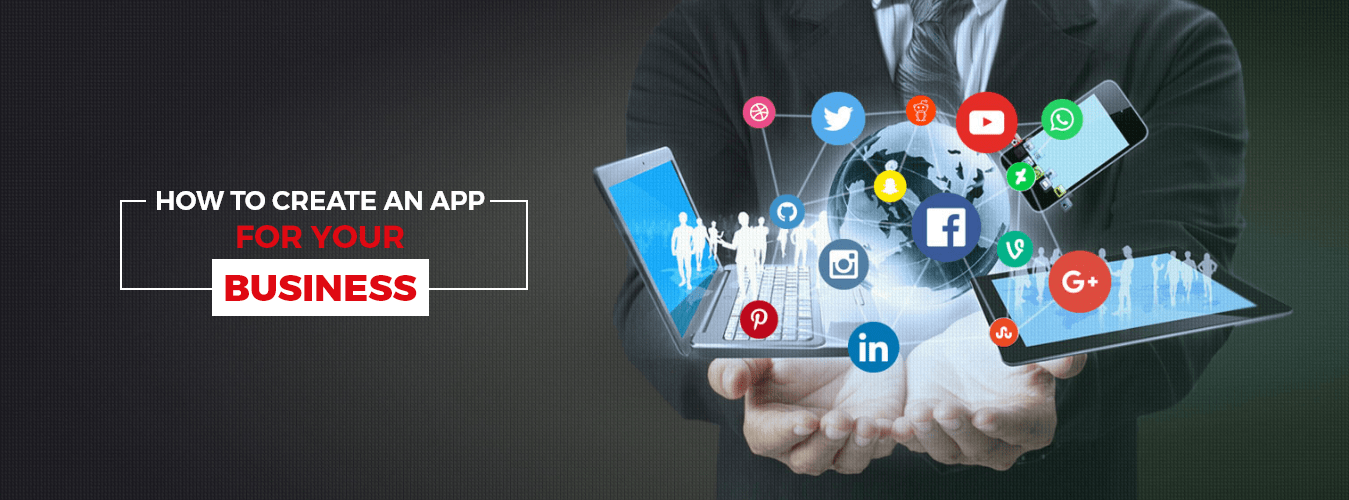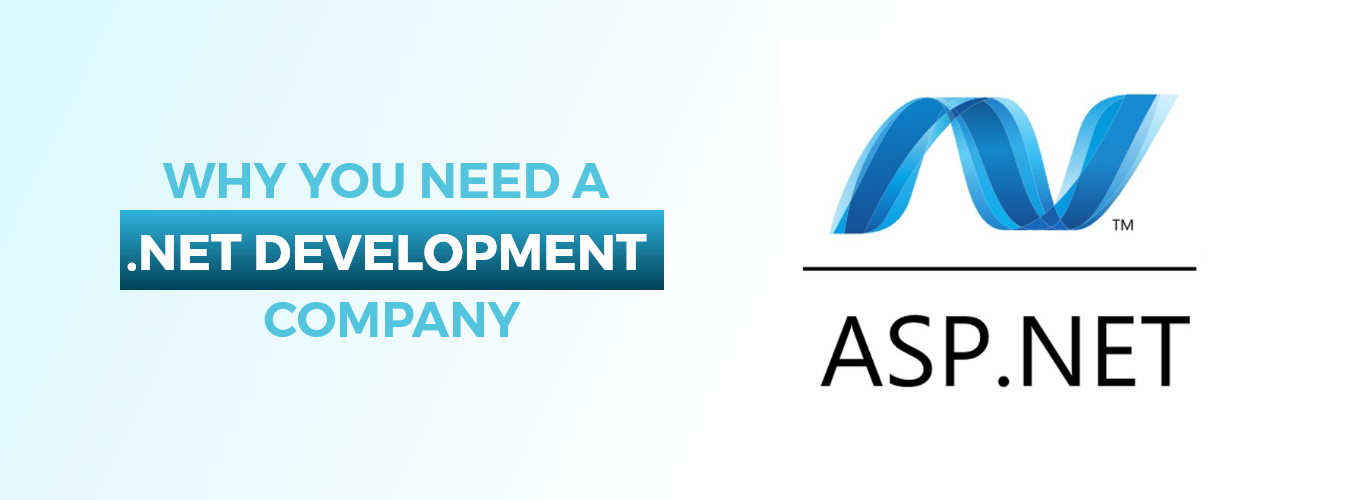Most people’s time today is spent on mobile devices, mostly on the installed apps, particularly those important to businesses. The predicted company growth and higher app revenue were achieved by about 82% of companies with professional apps. Their expert mobile app, which has several competitive advantages and enables more potential customers to interact with their business, is the cause of their success. So, by this point in the article, you may have realized how crucial developing a mobile app is for a company. But the question is how to create an app While many businesses are turning to the internet to create apps for their operations, many still have no idea how to get one up.
Successful App Development Process That Can Take Up To Six Stages.
Strategy
In this initial stage, we will lay out the plan to turn your app ideas into a profitable venture.
During this stage, you
- Find the users of your app.
- Do some competition research
- Create goals and objectives for your app.
- Select a mobile platform for your application.
Planning
Your original app concept will now take shape as a real project. You can begin the analysis and planning process by establishing use cases and compiling a thorough list of functional requirements. You can create a product roadmap once the needs of your app have been determined. This necessitates prioritizing and organizing the requirements for mobile apps into delivery milestones. You can try establishing your minimum viable product (MVP) and making it your focus for the initial release of resources; time or the cost of developing your software are your main concerns. It would help if you determined the talents necessary for your app development project during the planning stage.
UI/UX Design
Your app’s design should provide users with simple, smooth user experiences that are flawless in appearance. Creating the best user experiences for your app’s users while keeping it intuitive, interactive, and user-friendly is the core goal of mobile app UI/UX design. If you need an attractive and unique UI/UX for you mobile app then you can take help from mobile app development companies.
A- Work Flow
This process will decide what your app’s users see, the data it gathers, the UI’s final products, and the user journeys inside your app. Workflow diagrams show every interaction a user might have with a program and its menu system.
B- Wire Frames
Typically, we begin creating an app by making sketches on paper. Wireframes are used in this situation. Conceptual layouts, referred to as low-fidelity mockups, are sketchers’ digital equivalents that provide a visual framework for the functional requirements of your program. You can focus on user experience and aesthetics with wireframes. Making mobile app wireframes is a simple and affordable method for building app layouts and iterating through them.
C- Prototype
The workflow and user experience of the app are improved with the aid of prototypes. Making a prototype may take some time, but the effort will be worthwhile because it will enable early testing of the features and operation of your app. Prototypes typically help recognize the modifications made to the app’s suggested functionality.
App Development
Planning is, in fact, a crucial step in the creation of apps. But before the actual development begins, you must:
- Describe the technical framework,
- select a stack of technologies, and
- Set development milestones.
A mobile app project typically consists of three essential parts:
- Server/backend technologies
- APIs, as well
- Front-end
Backend Development
The server-side objects and databases needed to support the features of your program are included in this section of the project. You might need to adjust your backend infrastructure to offer the expected mobile capability.
API
An API is an application programming interface that communicates between the app and its database or backend server (API).
Front-end
The front-end is a native mobile app that an end user will utilize. Mobile apps provide interactive user interfaces that frequently handle data using an API and a backend. However, there are times when a mobile app may use local data storage if it requires users to work without internet connectivity.
Testing
After the development, app development companies send the project to the team of testers for approval. You can achieve a functional, reliable, and secure app by having your app go through QA testing. Before you begin your app testing, you must develop test cases that can cover every facet of mobile application testing.
Test cases also drive app testing, much like use cases do for mobile app development. Test cases carry out tests, record results for quality assessment, and monitor fixes for repeat testing. Involving your QA specialists in the Analysis and Design phases is the best action. Your app’s test cases will be produced fast and accurately after they are familiar with the goals and functional requirements of the app.
Development and Support
You must submit your app to the App Stores before you may launch a native app. You would require a developer account with the Apple App Store and Google Play Store before the release.
An app release requires setting up information in the app store, such as:
- Title of the App
- Category
- Description
- Keywords
- Start-up icon
Depending on the quality of your software and how closely it adheres to development standards, the review procedure that follows its submission to the App Store may take a few days or several weeks.
There is no review procedure with Android apps, and your software can be found in the app store a few hours after submission.
Once your app is available in the app stores, you should use analytics systems to track KPIs and monitor usage to gauge the app’s success. Support your users by regularly updating the app with enhancements if you want them to remain active.
Conclusion
Even after it has been released, app development is a continuous process that continues as you incorporate user input and add new features. For every app we produce, you can use the same procedure. For each app we create, you can use the same process.
If you need any help, regarding to mobile app development you can contact us, 24/7.








